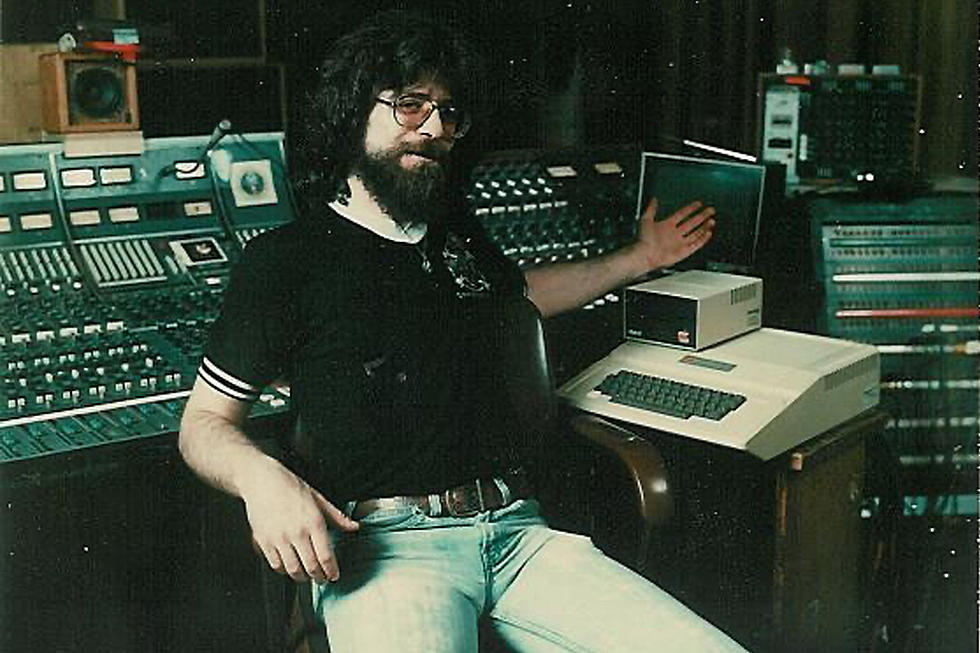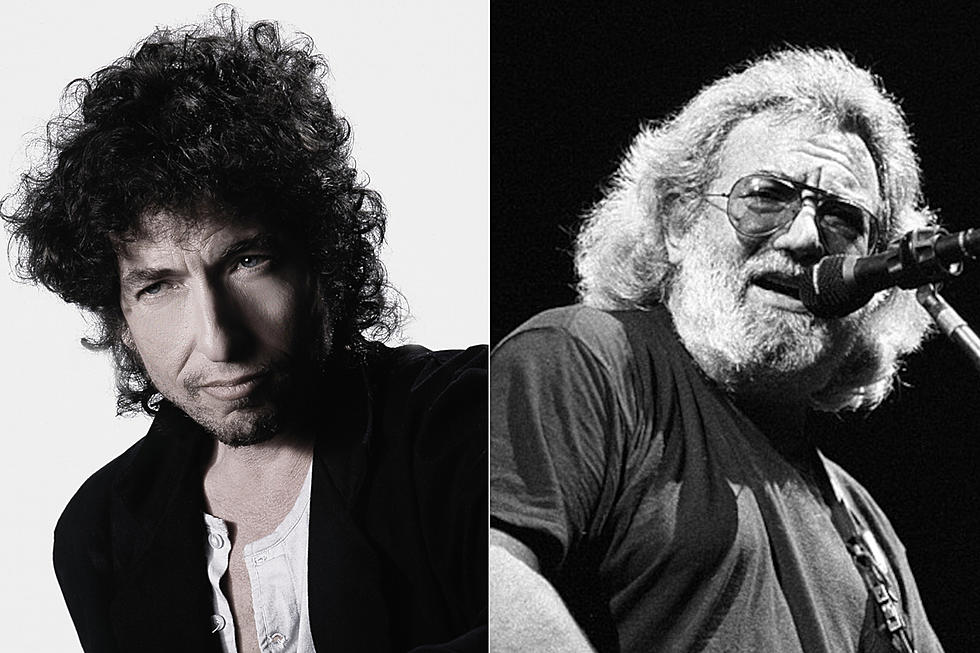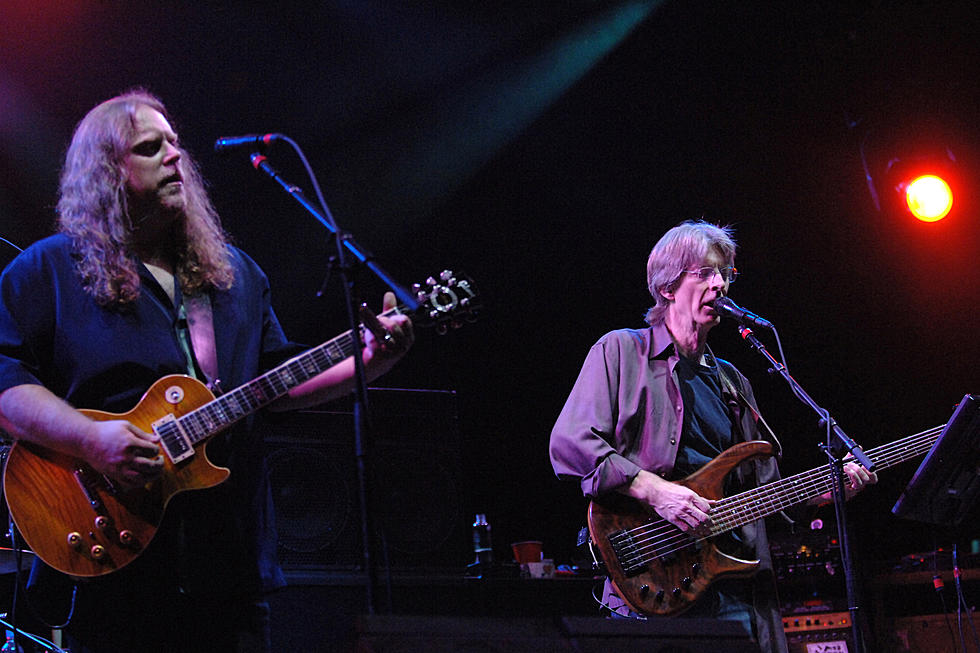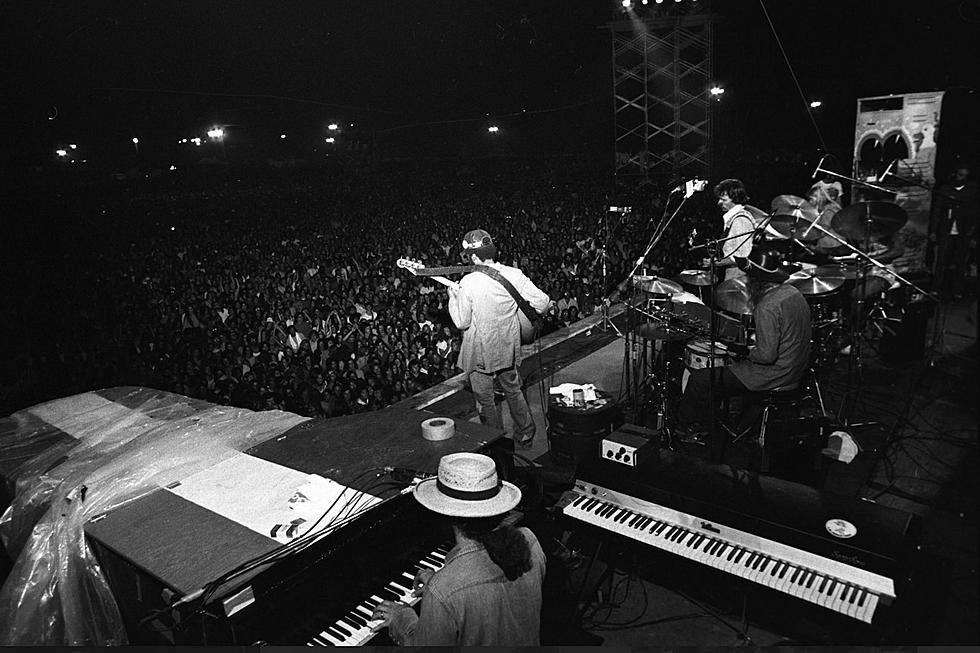
Why the Grateful Dead’s Legend Begins With ‘Live/Dead’
Back when the Grateful Dead recorded their first live album during the early part of 1969, they weren't yet known for the fluid set lists and deep exploration of their songs that would soon define their career. But Live/Dead latched onto a magical time in the band's history, right around the time when straying from the set path opened some new doors and minds.
And it couldn't have come at a better time. Their cult was still growing, and – as it would be throughout their three-decade-long career – their studio albums didn't sell much. The amount of money poured into their first two albums far exceeded their payoffs. Recording a handful of live shows, which were beginning to gain the reputation that would anchor the group's mythology, was a quick, easy and ultimately inexpensive way to buy some time.
Three concerts were recorded for the double album: a Jan. 26 show at San Francisco's Avalon Ballroom and Feb. 27 and March 2 shows from the same city's Fillmore West. Seven songs ended up on the 75-minute LP, and one of them – the closing "And We Bid You Goodnight" – clocks in at 35 seconds. Doing the math, that leaves some really long songs, which would become an integral part of the band's history.
The Grateful Dead legend begins here.
And it's all pinned on a pair of songs that lead sides one and three of the original album: "Dark Star" and "Turn on Your Love Light." The former is an original number penned by the band along with regular lyricist Robert Hunter; the latter is a cover of a Top 30 hit by R&B singer Bobby "Blue" Bland from 1961. "Dark Star" runs 23 minutes; "Turn on Your Love Light" runs 15. Together they helped turn the Grateful Dead from just another acid-soaked San Francisco group into one of the scene's most beloved and adventurous bands.
Recorded by Dead associate and sound man (and LSD cook) Owsley "Bear" Stanley, Live/Dead captures the band at one of its peak periods and on its home base. Leaving plenty of room to roam around in, the group's seven members yield, weave, flow and generate all sorts of sparks onstage: There's little that's tight or focused about the performances. And that's the point.
Listen to Grateful Dead's 'Dark Star'
By opening up their playing fields (and yes, minds), a song like "Dark Star" mutates into various forms by the time it reaches the end of its long journey. It remains an essential and important track to this day, the moment where improvisation became a style of art in rock music.
The improvisational aspect of the song, and the album, became a key element in the group's evolution. Without it, the Dead most likely would have ended up just another acid-soaked group from San Francisco. No rock band has done more with it (jazz musicians have been working from a loose template for years), and none has done more to make it a viable genre option.
The album was released on Nov. 10, 1969 and ended up reaching No. 64, a better showing than Aoxomoxoa, which was released five months earlier, and Anthem of the Sun, released in August 1968. It was their highest chart position until the following year's Workingman's Dead made it to No. 27 and eventually went platinum (Live/Dead hit gold status).
The band would release several live albums during their run, most notably 1971's self-titled LP, better known as Skull & Roses among fans. By the early '90s, with their reputation as one of the planet's most popular live groups now firmly set, the Dead began releasing vintage concert recordings from their expansive archives.
Of course, Deadheads were long on to all this, recording, collecting and trading tapes over a vast network of like-minded fans, a practice the group fully supported. But none of these recordings – bootlegs or otherwise – match Live/Dead's significance and thrills. They played better shows, and they found new, more exciting ways to spread out the songs onstage. But they never sounded more together than they do on this record.
Grateful Dead Albums Ranked
A Grateful Dead Member Is Part of Rock's Tragic '27 Club'
More From Ultimate Classic Rock









